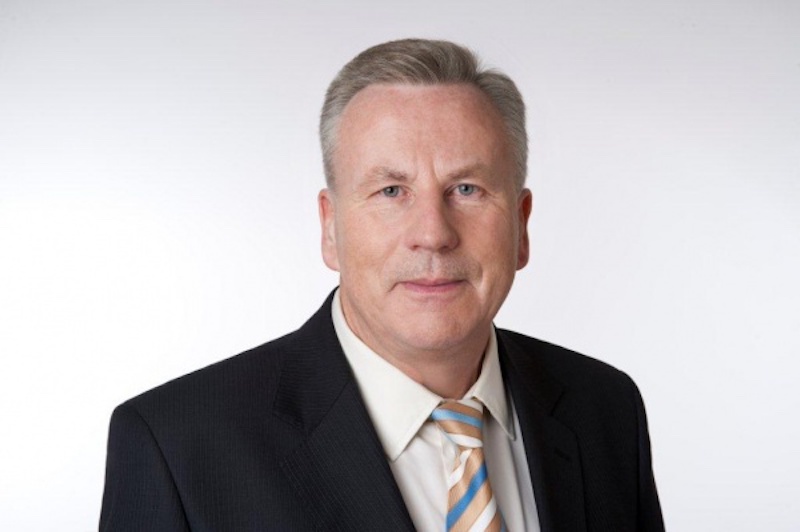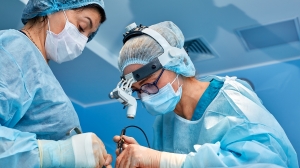Every third Estonian, out of a population of 1.3 million, lives in the capital city and together they produce half of the country’s GDP. Having no major industries, Estonia’s capital prides itself on its highly developed knowledge- and technology-based sectors. Arvo Sarapuu, deputy mayor of Tallinn, spoke to Emerging Europe about his city’s advantages and challenges.
What is Tallinn looking for at MIPIM?
Of course, we came here to make for the real estate business and to find contacts and partners etc. We have many real estate companies in Tallinn. These companies are looking for good contacts and MIPIM has always been a place where you can get the contacts you need. You also get good experience and you can observe the other cities. By using their experience we can better develop Tallinn.

So when it comes to the real estate in Tallinn, what are the opportunities?
There are several investment projects with goals to transform the city. Most of them are related to mobility and the quality of public urban spaces, such as the creation of a new Main Street for the city, the building and reconstruction of new tramways to connect the airport and the harbour with the city centre. One of the bigger investment projects, which is related to tourism, is the renovation of the Tallinn City Concert Hall to transform it into an international conference centre.
Tourism is very important for Estonia and for Tallinn. Many foreign investors have built us hotels but if someone asked me if there was room for more hotels, then I would say there is, because we have 3 million tourists who stay overnight per annum. In addition the number of tourists is growing by six to eight per cent a year.
Since Tallinn is a maritime city, situated close to the sea, we are expecting more companies to develop on the coast. At the same time, we have some interesting historic buildings that need restoring and which could turn out to be interesting projects. The latest project in this vein was the Hotel Hilton, and investments in the tourist infrastructure are welcome. But of course there are a lot of foreign companies that build their IT centres in Tallinn, for example Kühne-Nagel, Additionally, Stora Enso and Royal Vopak have brought their production to Tallinn.
So what are Tallinn’s advantages over other cities in the region?
Well, Tallinn certainly benefits from its image as a start-up and digital city, where IT systems serve the interests of the people and make their lives fast, convenient and safe. Our e-services and internet applications are amongst the most progressive in the world. No wonder the NATO Cyber Security Centre and the IT Agency of the European Union have been brought here. In 2017, Tallinn will host the main events of the Estonian EU Presidency.
I have already mentioned some companies which have brought their development centres to Tallinn. The city and its educational and business partners have established multiple incubators, to support local start-ups and to attract talent from abroad, such as the Technopol Science Park, Ülemiste City, which will bring knowledge and enterprise closer together.
Finally, Tallinn has been recognised for its business friendliness. The business environment is supported by a unique flat-rate tax system, which encourages long-term value creation. In Tallinn everything can be done digitally. If someone wants to start a company, he can do it digitally; it takes 24 hours and a foreigner can become an e–citizen. An e-citizen will receive their own ID-card and they can say that they are a resident of Estonia.
So finally, what are the challenges that the city is facing now?
Today, most probably the biggest “smart” issue that Tallinn is facing is related to mobility and the quality of our public urban spaces. We are currently redesigning our street environment, to support different means of mobility including public transport, bikes, electric and self-driving vehicles and reducing the amount of traditional car traffic, especially in the city centre.
In order to reduce CO2 emissions, we have created a free public transport system, so people can move around more freely. People can easily get from one side of the city to the other. We want to minimise the number of cars in the centre of Tallinn and we are creating routes for transport which are away from the centre of the city.
We have the same problems which you will find in other big cities: traffic jams and too many cars and the best solution for that is free public transport. We have been able to increase the number of passengers using public transport. We have discussed with the people, which street should be the city’s main street and we are trying to reduce the number of cars there and to have green nature spaces, so people can circulate there freely.
Finally, we are striving to become the green capital of Europe, since the movement for this started in Tallinn 2006 when Tallinn was the author of the idea for having a Green capital in Europe. We want all of the people in our city to get along happily with each other, with the cars and with the public transport. We want the city to be a place where a person can feel that the environment is right for them.






Add Comment